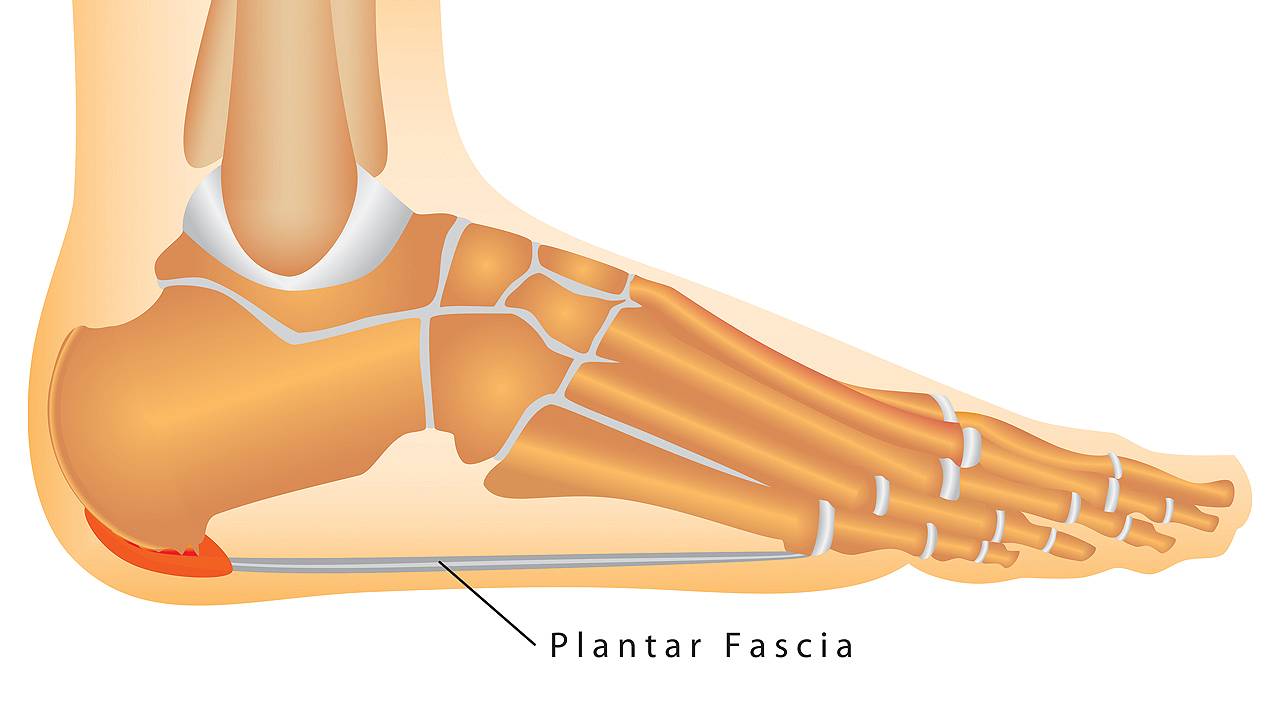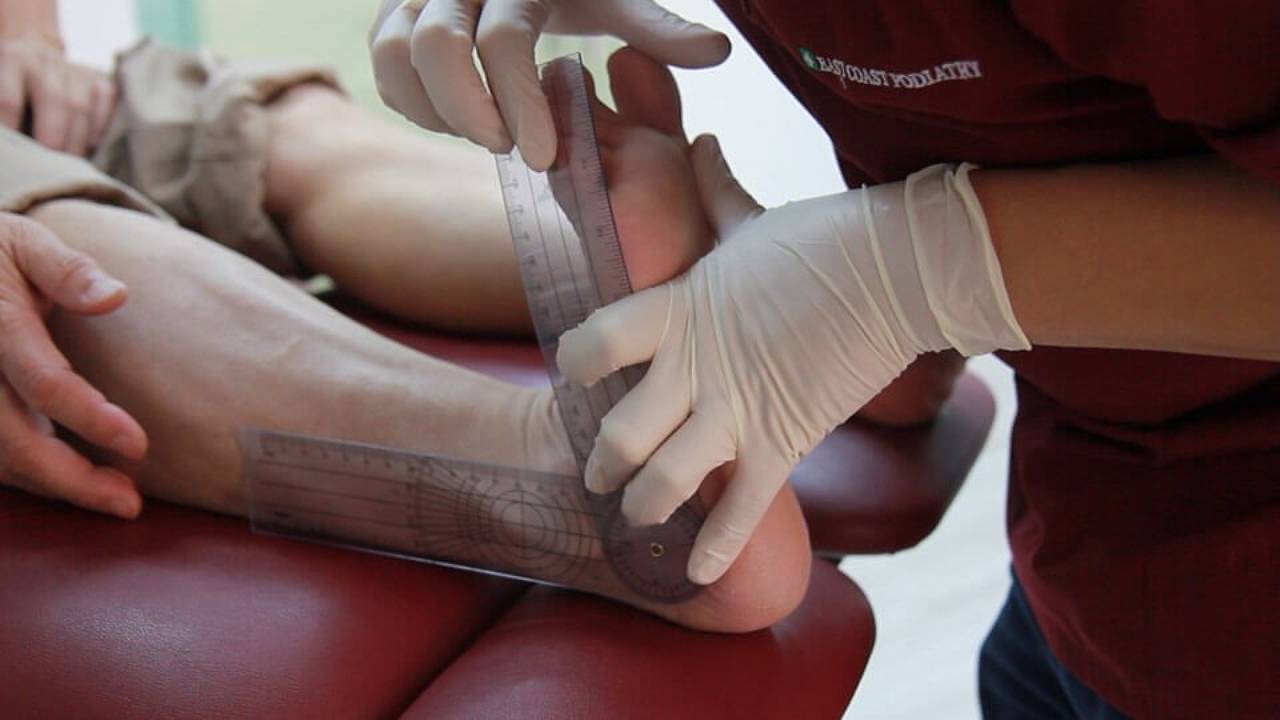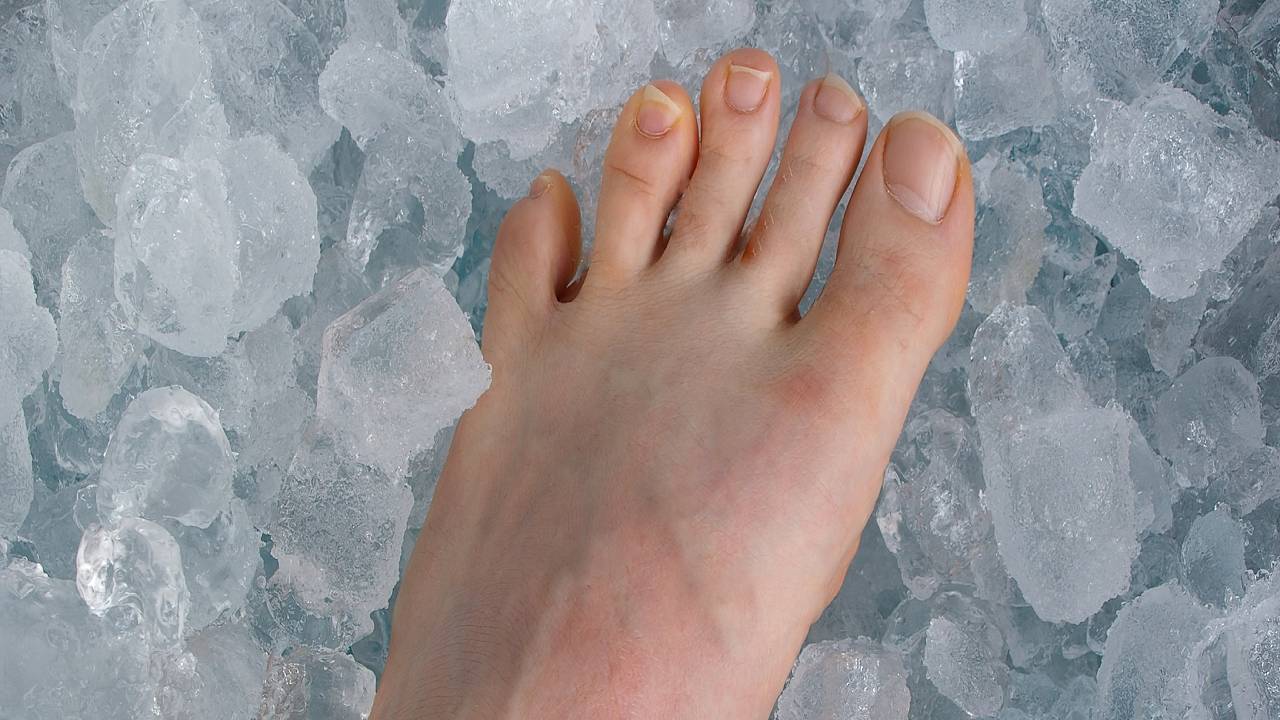
Experiencing Heel Pain?
According to the 2017 Sports Index by Sport Singapore, a statutory board of the Ministry of Culture, Community and Youth, the percentage of Singaporeans engaging in physical activity on a regular basis has hit an all-time high. As good as this sounds, with the frequency and intensity of these physical activities increasing, the risk of injury increases along with it.
There are a variety of sudden-onset injuries of the lower limbs directly related to a lifestyle of sports and other forms of physical activity. One of the more common injuries caused by high-impact exercise is a plantar fascia tear of the foot. An influx of healthy, physically active patients has presented with this condition in either one or both of their feet. These patients usually experience intense, localised pain along the arch of their foot or on their heels.
What is the Plantar Fascia?
The plantar fascia is a thick band of connective tissues which originates from below the bone of the heel, extends through the arch and ends at the metatarsal bones of the forefoot. The main function of the plantar fascia is to support and stabilise the arch and mid-foot. It stretches and tenses up whenever force is exerted by the foot.
What is a plantar fascia tear?
A tear in the plantar fascia’s strands of tissue is not to be confused with plantar fasciitis, which typically describes a slower onset of inflammation of the plantar fascia from daily activities. Both can present with similar symptoms of heel pain, and both can be worse in the mornings and during prolonged standing or walking.

A plantar fascia tear can be an acute injury or a chronic injury, and can also be linked to prior plantar fasciitis. There can be many causes of this injury; some of them include:
- High-impact activities such as running and sports
- A sudden increase in training intensity
- Poor choice of footwear
- A repetitive strain of the plantar fascia
- Obesity

People more prone to getting this injury include those with hyper-mobile flat feet, but paradoxically also those people with high-arched feet. This is because there are different biomechanical malalignments which can lead to injury of the plantar fascia.
If you suspect that you have a plantar fascia tear, here are some signs and symptoms to take note:
- Having “heard” a popping sound on the bottom of your foot during activities
- Sharp, intense pain under the arch of your foot
- The arch is swollen and bruised, especially around the heel
- Your arch is collapsed
- There is a pain when you bend your big toe upwards
What should you do if there’s a tear?
If you suspect that your plantar fascia is torn and there is an intense pain with bruising and swelling, then immediately ice and elevate your foot to reduce the pain. Avoid any weight-bearing activities and wear shock-absorbent, comfortable footwear to protect your foot. It would be prudent to seek medical attention for immediate intervention before your foot sustains further injuries.

What kind of care should i expect?
For an acute plantar fascia tear, intervention is usually non-surgical. The immediate management is to immobilise and offload the injured foot to prevent further damage. This will be done through the use of an air cast boot or fibreglass casting of the foot. Modalities such as ultrasound therapy, or other more advanced healing technologies offered by podiatrists will help speed up the recovery process significantly. This will depend on the severity of the injury.
It is required to abstain from exercise activities for the next few weeks. Stretching and rehabilitation will be slowly introduced during the healing period, to strengthen the weakened foot.
Once the acute injury has healed, any biomechanical issues can be addressed by a specialist. For example, I would start by advising on proper footwear and the use of customised foot orthotics to prevent recurrence. After a traumatic injury such as this, the injured area can become permanently weaker and more prone to re-injury.
How do you prevent plantar fascia tear?
There are many methods that might help minimise the risk of tearing your plantar fascia. Some of these methods include:
- Wearing supportive footwear for sports that are suitable for your weight class
- Specific stretches during warm-ups and cool-downs, before and after activity
- Starting your training regime slowly, gradually increasing the intensity over time
These methods may not prevent an injury entirely, but they will help minimise the risk of sustaining them




